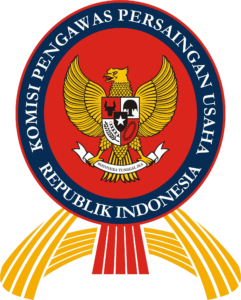
Badan Riset dan Inovasi Nasional
07-11-2022
12-08-2024
cc4190c3-d4f6-4ccc-8757-8373d8b8234c
This study introduces a newly isolated, genetically tractable bacterium (Pseudog...
The present work describes the development of an efficient and relatively simple...
Antimony (Sb) doped tin oxide (ATO) is one transparent material that has gained ...
Leptocephali of the widely distributed tropical marine eels of the genus Kaupich...
Transparent conducting oxide (TCO) glasses play important role in many recent mo...
INFORMASI: Data berikut ini masih dalam proses pemenuhan Prinsip SDI.
Iron Oxides, Divalent Cations, Silica, and The Early Earth Phosphorus Crisis
As a nutrient required for growth, phosphorus regulates the activity of life in the oceans. Iron oxides sorb phosphorus from seawater, and through the Archean and early Proterozoic Eons, massive quantities of iron oxides precipitated from the oceans, producing a record of seawater chemistry that is preserved as banded iron formations (BIFs) today. Here we show that Ca2+, Mg2+, and silica in seawater control phosphorus sorption onto iron oxides, influencing the record of seawater phosphorus preserved in BIFs. Using a model for seawater cation chemistry through time, combined with the phosphorus and silica content of BIFs, we estimate that seawater in the Archean and early Proterozoic Eons likely contained 0.04–0.13 μM phosphorus, on average. These phosphorus limiting conditions could have favored primary production through photoferrotrophy at the expense of oxygenic photosynthesis until upwelling waters shifted from phosphorus to iron limiting. Geology, Vol. 43, No. 2.
